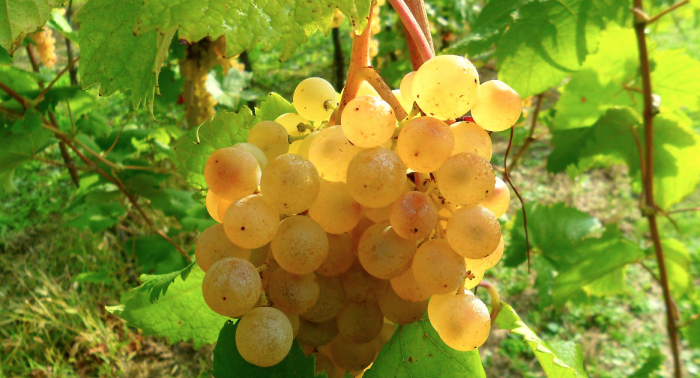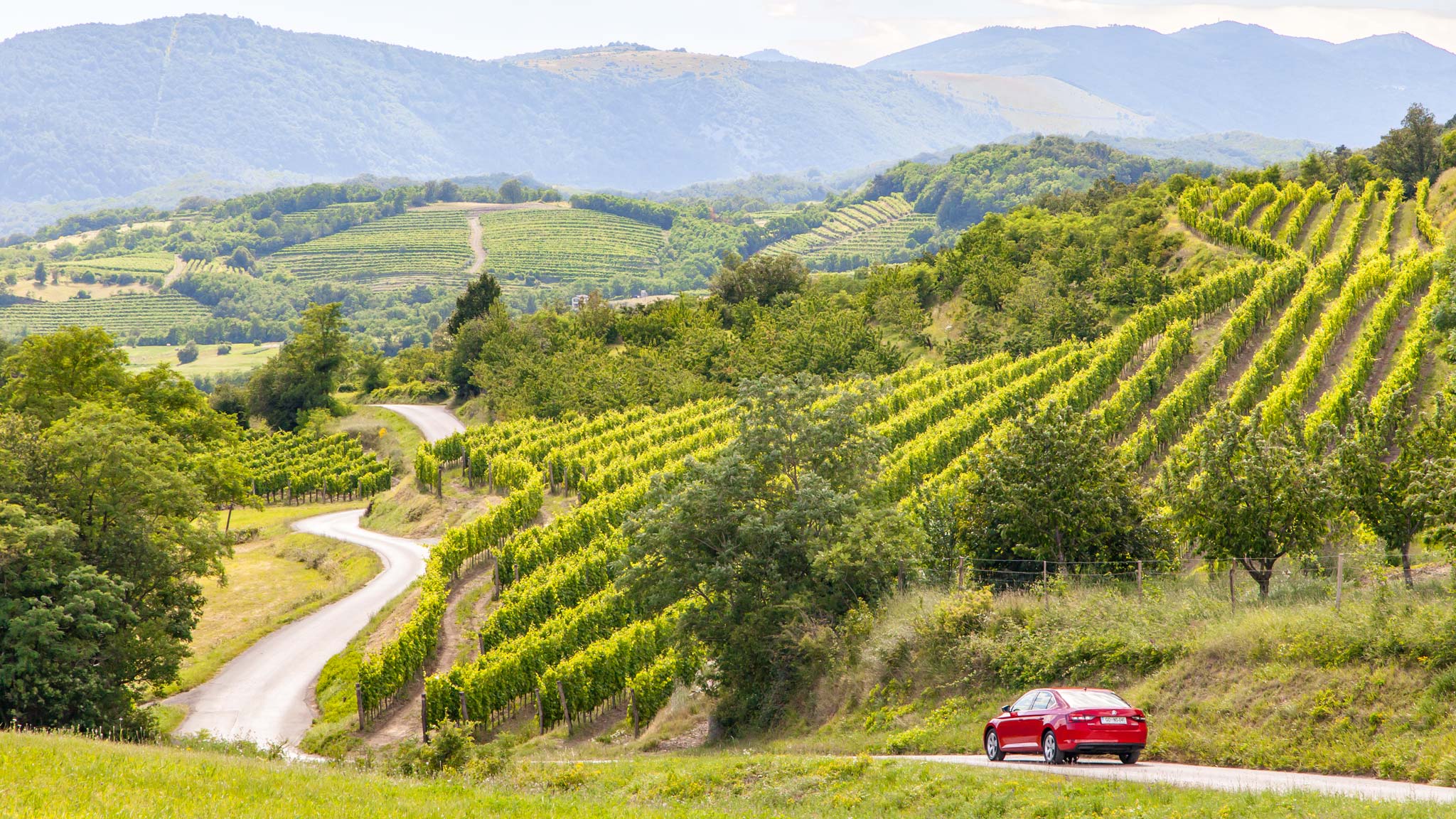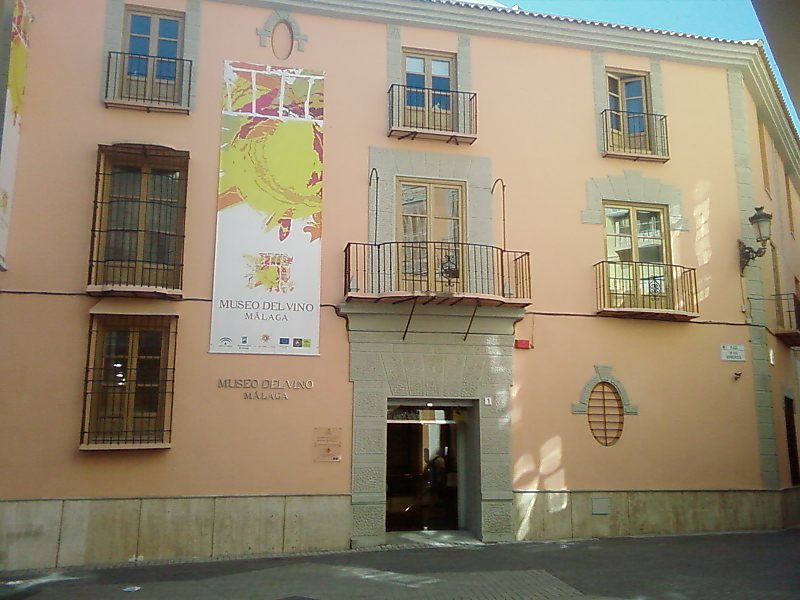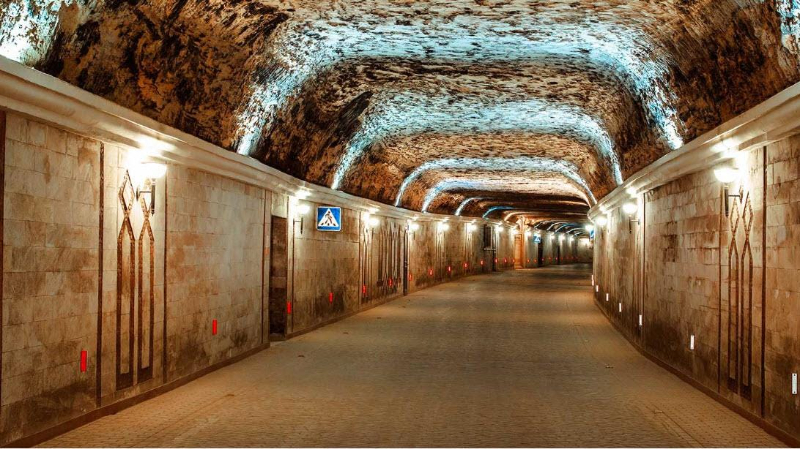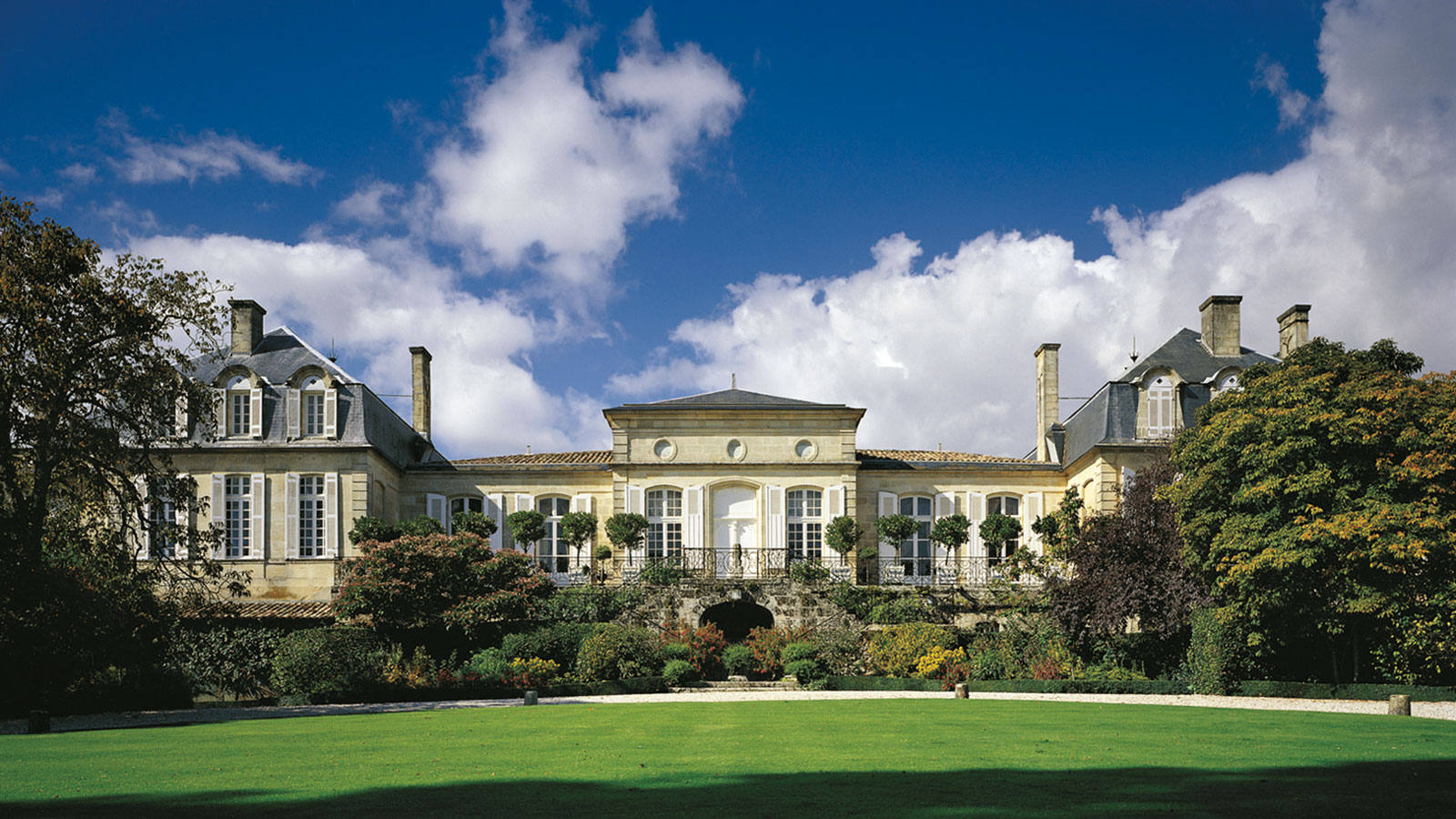Albana is a white grape variety known since the times of ancient Rome and is characteristic of Emilia Romagna, in particular of the areas of Ravenna and Forlì.
The documented origins of the Albana vine date back as far as the 14th century (Pier De’ Crescenzi), but there are well-founded hypotheses that it can be traced back to the Latin name for the Colli Albani (albus), thus attesting to the spread of the vine as far back as ancient Rome.
Diffusion: The region that is almost automatically associated with Albana is Emilia Romagna and Romagna in particular, where it produces Albana di Romagna DOCG wine in the provinces of Forlì, Ravenna, Rimini, Bologna and Modena. From Emilia Romagna the diffusion has spread in a lesser form to some areas of the neighbouring regions of Marche and Tuscany.
Characteristics of the bunch: the leaf is pentagonal, large and dark green in colour. The bunch is large, cylindrical or conical and compact. The grapes are medium sized, with a thick skin and a greenish yellow colour tending towards amber when ripe at the end of September. Good and constant productivity over the years.
Characteristics of wines using Albana: the wine obtained from the Albana vine turns golden with intense and fruity aromas and the right balance between freshness and softness. It is particularly suitable for drying, so much so that Albana di Romagna DOCG Passito is among the most appreciated and awarded dessert wines in Italy.
